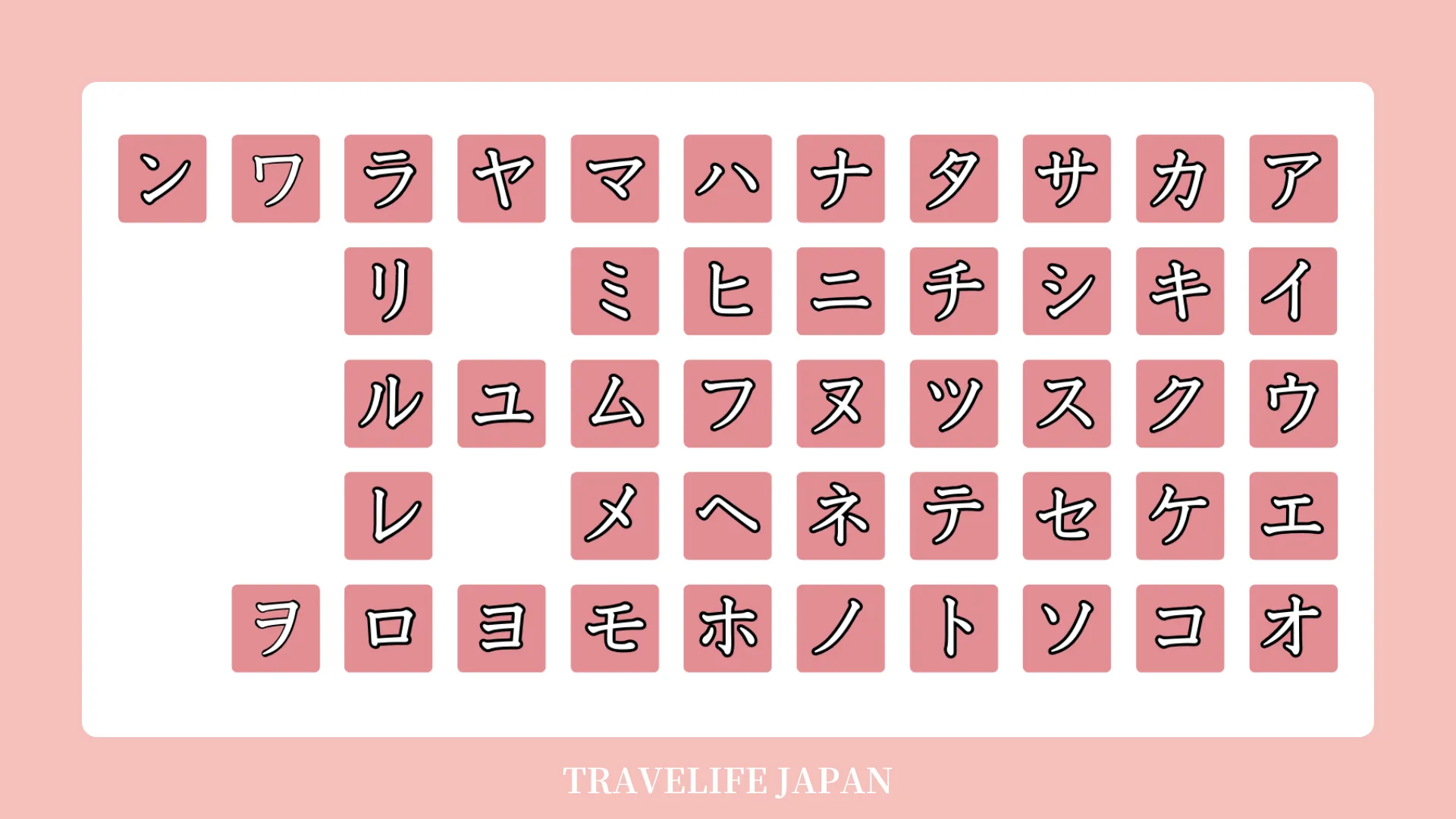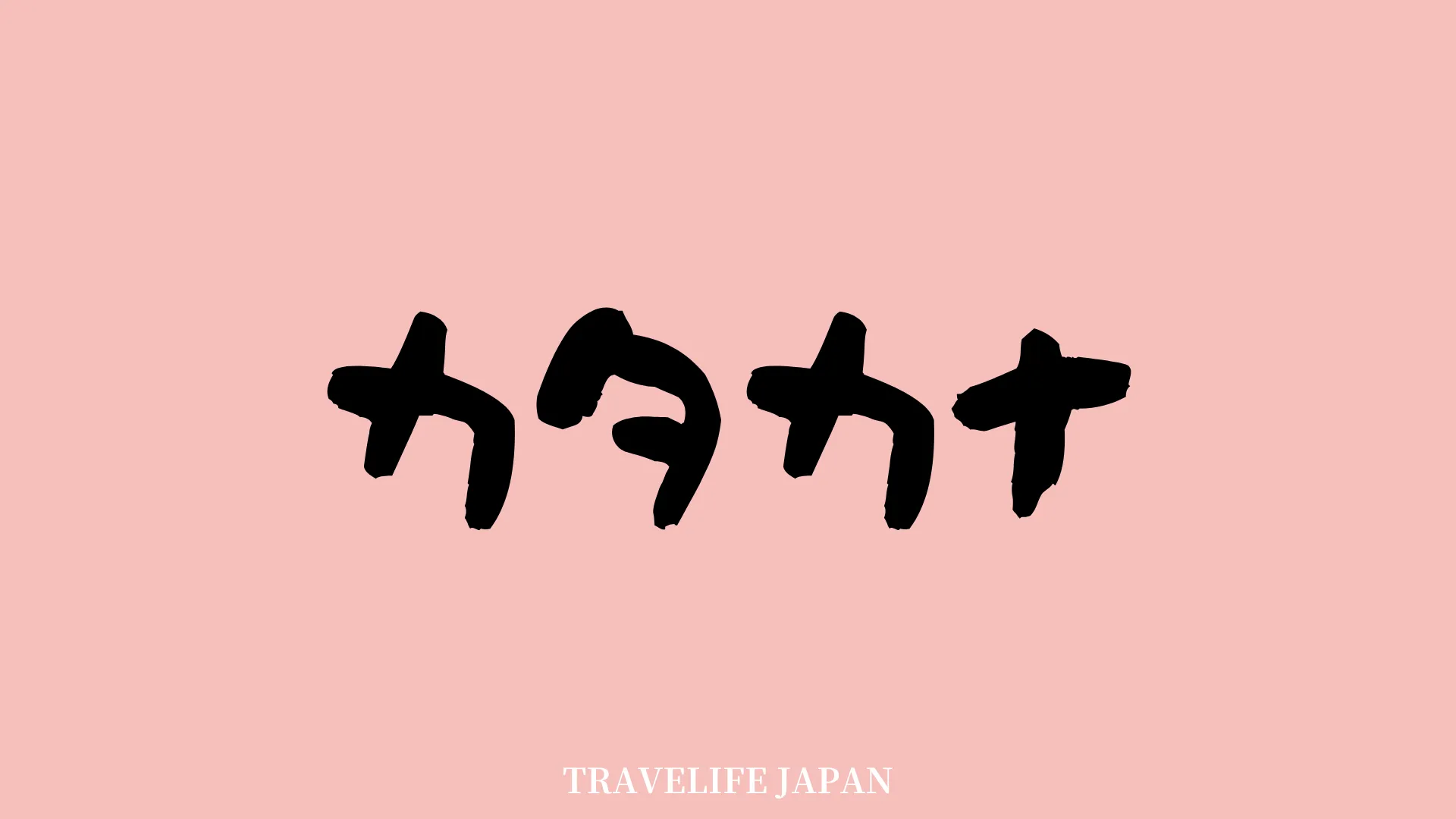Starting your Japanese learning adventure? Mastering Katakana, known as Japan’s second alphabet, is essential. This guide introduces Katakana’s unique, angular characters, offering insight into their significance in the language. Grasping Katakana is crucial not only for literacy but also for connecting with modern Japanese culture and its global influences.
Evolution of Katakana in Japanese Culture

Katakana’s origins are intertwined with the evolution of the Japanese language itself. Developed in the Heian period (794-1185 CE), Katakana, like its counterpart Hiragana, originated from ‘man’yōgana’ – a system where Chinese characters were used for their phonetic value. However, unlike the cursive Hiragana, Katakana was derived from portions of Chinese characters, resulting in its distinct, angular appearance. Initially used by Buddhist monks and male scholars for official documentation and religious texts, Katakana has since become an integral part of modern Japanese, especially in contexts involving foreign words and onomatopoeia.
Understanding the historical context of Katakana not only enriches the learning experience but also provides insight into Japan’s cultural evolution. The script’s development from Chinese characters reflects Japan’s historical relationship with China and its journey towards creating a unique linguistic identity.
Mastering 46 Katakana Characters
The Katakana alphabet consists of 46 primary characters, each representing a syllable. Just like Hiragana, it covers a full set of sounds used in the Japanese language. However, Katakana characters are more linear and angular compared to the rounded Hiragana. This distinct style makes Katakana stand out and is particularly noticeable in texts involving foreign loanwords, technical terms, and for stylistic emphasis.
Learning Katakana involves memorizing each character’s shape, sound, and stroke order. Beginners should start with the basic characters and gradually move to more complex syllables and combinations. Utilizing various learning tools such as flashcards, writing practice sheets, and digital apps can significantly aid in memorization and recognition. As with any language skill, repetition and consistent practice are key to mastering Katakana.
Another essential aspect of learning Katakana is understanding its practical application. This includes recognizing and using the script for foreign loanwords (gairaigo), which are abundantly present in modern Japanese. For learners of Japanese, familiarity with Katakana is indispensable for reading contemporary texts, menus, and even navigating around cities in Japan.
Practical Applications and Cultural Significance of Katakana
Katakana’s usage extends beyond just writing foreign words. It is widely used in Japanese media, advertising, and pop culture for stylistic emphasis and to draw attention. Additionally, Katakana is employed in scientific and technical fields, where it is used to transcribe new terms, especially those borrowed from other languages.
The cultural significance of Katakana lies in its representation of Japan’s interaction with the outside world. The script is a testament to how the Japanese language has absorbed and adapted foreign elements, reflecting the dynamic nature of language evolution in the face of globalization. For students of Japanese, understanding Katakana thus offers more than just linguistic knowledge; it offers a window into the cultural and social shifts in Japan.
Conclusion
Mastering Katakana is more than just an academic pursuit; it is a crucial step towards achieving fluency in Japanese. It not only enhances reading and writing skills but also provides a deeper understanding of modern Japanese society and its global interactions. For learners committed to studying Japanese, proficiency in Katakana is essential. It opens up a world of contemporary literature, media, and a deeper appreciation of Japan’s unique place in the global community. With dedication and practice, mastering Katakana becomes a rewarding and enriching part of the journey in learning the Japanese language.
\ Follow Our Community /
STUDY IN JAPAN
INQUIRE NOW
Want to learn Japanese in Japan?
Ask us any questions with free application support.
Fast and Easy!








